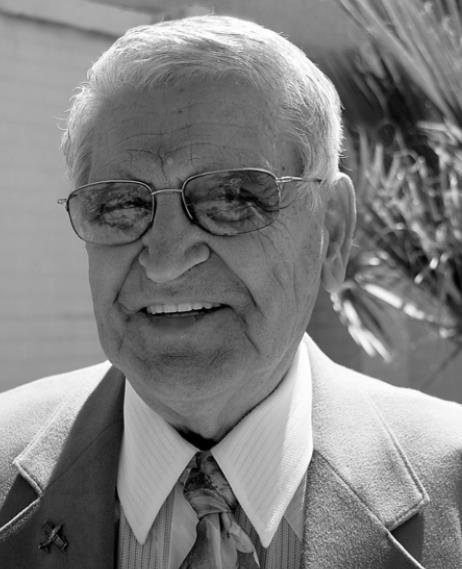
A Word About Recycling with Ollie Maier
In our home, we recycle all our aluminum used beverage cans (UBC), just as most of you probably also do. (And getting a little change for them is a nice benefit in some places.) However, it surprised us how many cans are not recycled.
From a Resource Recycling newsletter, we find every year, Americans throw away around 45 billion aluminum cans. “That’s the equivalent of every man, woman and child in the U.S. annually sending nearly a dozen 12-packs to a landfill rather than a recycling center.”
These cans, ending up in the landfill, represent an $800 million economic loss each year. This loss is even greater when you consider aluminum cans are capable of being recycled many times over or infinitely – easily and economically.
Now, a greater effort is being made to at least capture these cans that end up in a Materials Recovery Facility (MRF). According to MRF operators, researchers and other experts, “Robotics and additional eddy current separators are key to maximizing sortation of used beverage cans.”
They believe, even with their roughly 50% recovery rate, there is substantial room for improvement. A better sorting of such aluminum materials was needed by recycling plants. A recent report, on research commissioned by the Can Manufacturers Institute, showed the UBC amount in the recycled materials of some MRFs.
“The research found that UBCs made up 0.4% of a MRF’s inbound stream in states with container redemption laws and 2.2% of the stream in states without them,” a spokesperson stated. While these numbers may seem small, one must remember that aluminum, by weight, is the most valuable recycling commodity on the market.
For example, last year, UBCs made up 12.5% of potential revenues in MRFs in bottle bill states and 33% of potential revenues in MRFs in non-bottle-bill states. “That’s more potential revenue than any other single commodity,” she pointed out.
Unfortunately, UBCs can get lost in the MRF in several ways. It is believed the average MRF could be losing up to 25% of them during the sorting process. For example, during this coronavirus pandemic, the importance of maximizing aluminum recovery is even greater.
Thus, a nonprofit MRF operator in Minneapolis emphasized pulling more aluminum out during sorting. Thus the amount captured, which had been about 1.5% of the stream by weight, is now above 2%.
But a large amount of the UBCs never even make it to the MRF in the first place. It was found about 13 million metric tons of metal went to disposal in 2018, and of that, about 1.2 million metric tons was made up of UBCs. The amount is reason for concern.
As a spokesperson lamented, “When we look at 1.2 million tons of material that’s missed, at current commodity values, that’s a billion-dollar opportunity that’s being missed.” A good reason to make investments in both collection and sorting of UBCs.
Some of these investments will be in equipment upgrades. As mentioned earlier, these include eddy current separators and robotics. They are felt to be a couple of keys in reducing UBC loss within the MRFs. (Enough on increasing the recycling of UBCs for today, we will continue on the subject next week.)
Till next week, do have a great and healthy one.











